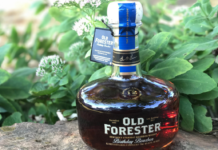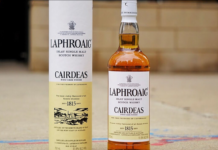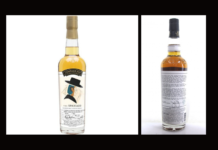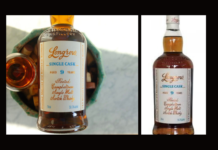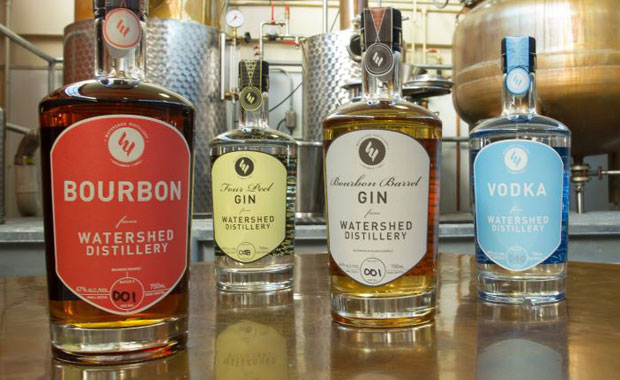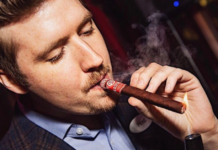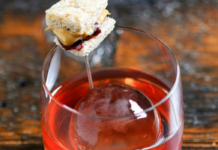Watershed Distillery was built to make exceptional spirits. Firmly rooted in the belief that success doesn’t happen overnight and certainly not by chance, Watershed seeks to create and celebrate change within the community and beyond. We spoke to the two founders of the Watershed Distillery Greg Lehman and Dave Rigo.
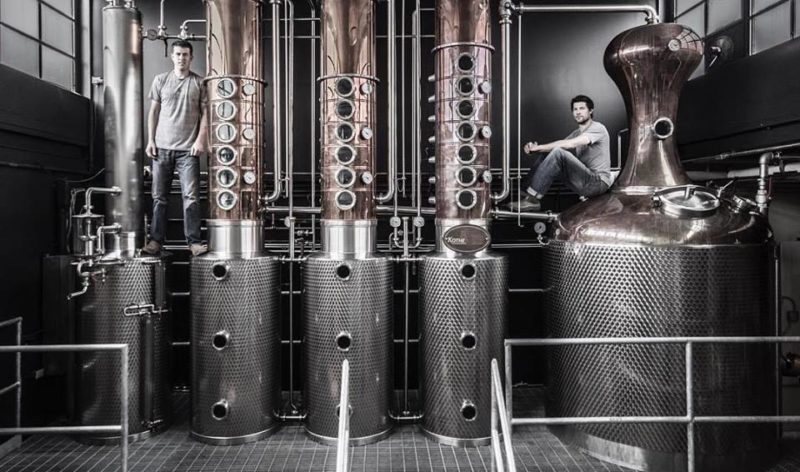 Greg and Dave, tell us about your backgrounds. How do you find yourselves immersed in the whiskey world?
Greg and Dave, tell us about your backgrounds. How do you find yourselves immersed in the whiskey world?
GL: Both of us actually have a corporate sales background…Dave sold plumbing supplies for 10 years and I was in the pig pharmaceutical industry for about 8. So no experience in whiskey or spirits on either side! We were just really interested in business and spent our free time writing business plans for various businesses and seeing what stuck. We saw the brewery business booming and thought it might be cool to do something along those lines which is how the idea of a micro distillery came to us. A distillery was the one business idea/plan that no matter how hard we tried, we couldn’t poke holes in it and the idea evolved into what is now Watershed Distillery.
That’s a long ways away from what you were originally doing. What was the underlying vision behind Watershed Distillery? Was there something unique you had in mind?
GL: The underlying vision behind Watershed was the idea that we wanted to created something unique in our hometown, that we could support our families with that helped contribute to the relevancy of our community. Columbus is an amazing place to live and do business and we saw all these other entrepreneurs starting businesses that were giving people a reason to talk about Columbus. We wanted to be a part of that. The underlying vision behind the name is that a natural watershed provides a place where communities naturally gather out of necessity – the water supply. We wanted Watershed Distillery to be a representation of this and provide something for the community to gather around, be proud of, celebrate with – and in turn, take care of our families, as well as the families of our employees and suppliers.
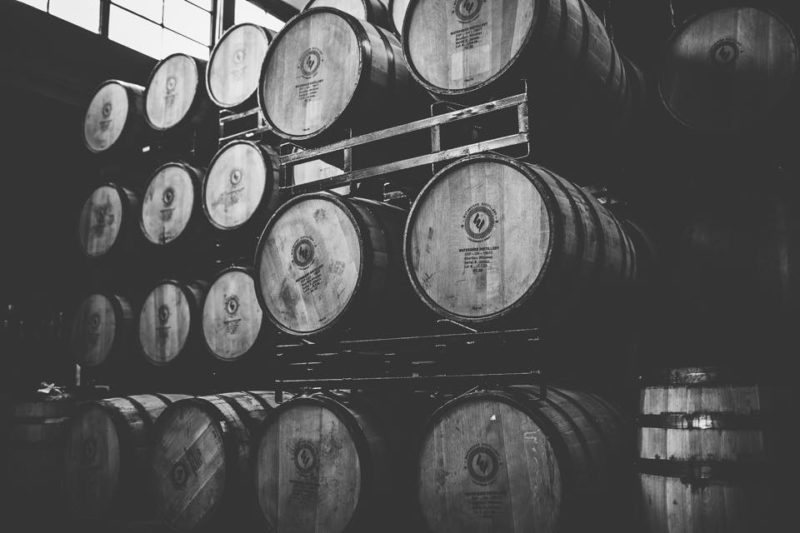 What were some of the challenges you faced when opening up the distillery?
What were some of the challenges you faced when opening up the distillery?
GL: We faced all of the same challenges any entrepreneur faces when starting a business in regards to actually getting started, finding the funding, learning how to do things we’d never done before, etc. But in addition to that, we were starting a distillery in a control state that had regulations that made it challenging to get things up and running. Navigating this system was definitely challenging but all the folks at the liquor control have always been great to work with and we overcame these challenges as well as the others.
Tell us about your whiskey spirits.
GL: Currently at Watershed, the only whiskey we have on the market is our bourbon. We do have a bottled cocktail, our Old Fashioned, on the market that contains our bourbon. We are experimenting with some other whiskey projects, but nothing we’ve brought to market yet.
Big fan of Old Fashioned, would love to try it one day. How many different types of whiskey do you produce? And what sets them apart?
GL: Just the bourbon right now … our bourbon has a 5 grain mash bill. Corn, wheat, rye, barley & spelt. Historically, distilleries would produce their spirits utilizing things that were found in abundance around them and easy to get. A lot of people don’t know, but Ohio is one of the larger spelt producing states in the country so we added that spelt to our mash bill to nod to our Ohio heritage. The spelt, being in the wheat family, adds more of that earthy sweetness to the bourbon that you typically get from in a heavily wheated bourbon.
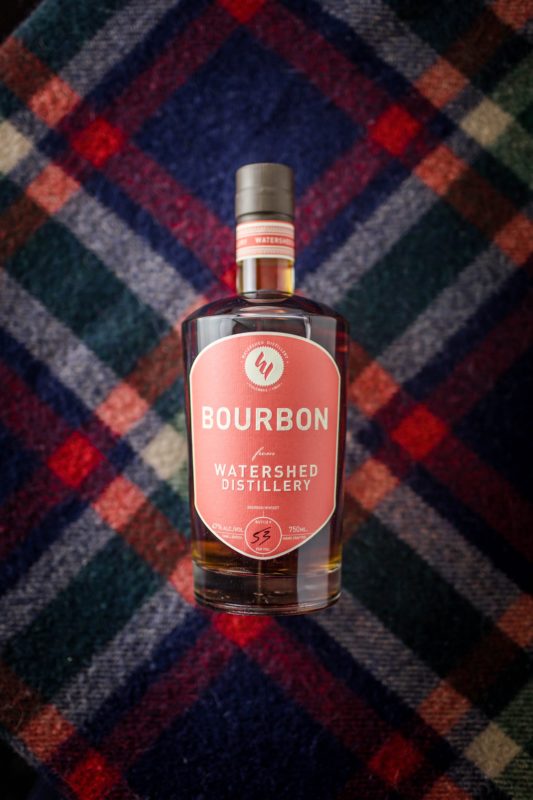 Does the location and the temperature play a big role in the maturation process of your whiskey?
Does the location and the temperature play a big role in the maturation process of your whiskey?
GL: Our rickhouse is not temperature controlled on purpose so that it’s hot in the summer and cold in the winter. This is important to us because the varying temperatures cause the bourbon to expand and contract pulling it in and out of that charred barrel wood. We do like being a state where we have the four seasons because the temperature changes across the seasons does play into the maturation. We do not rotate our barrels either. So if it starts on the bottom rack, it stays on the bottom rack until we pull that barrel for blending. For us, the maturation is more about the distillate we are starting with and the barrel we are putting it in. We can then pull barrels with the characteristics we are looking for in order to blend a batch of bourbon to our taste.
Should whiskey be on the rocks or served neat?
GL: We always say, whiskey should be enjoyed however each person enjoys their whiskey whether that’s neat or on the rocks.
So finally tell us guys, why have distilleries become popular businesses for modern entrepreneurs?
GL: I think entrepreneurs saw a gap that could potentially grow in the same way the brewery model has. I also think that liquor legislation is changing making it easier for it to become a realistic business endeavor in many states.





